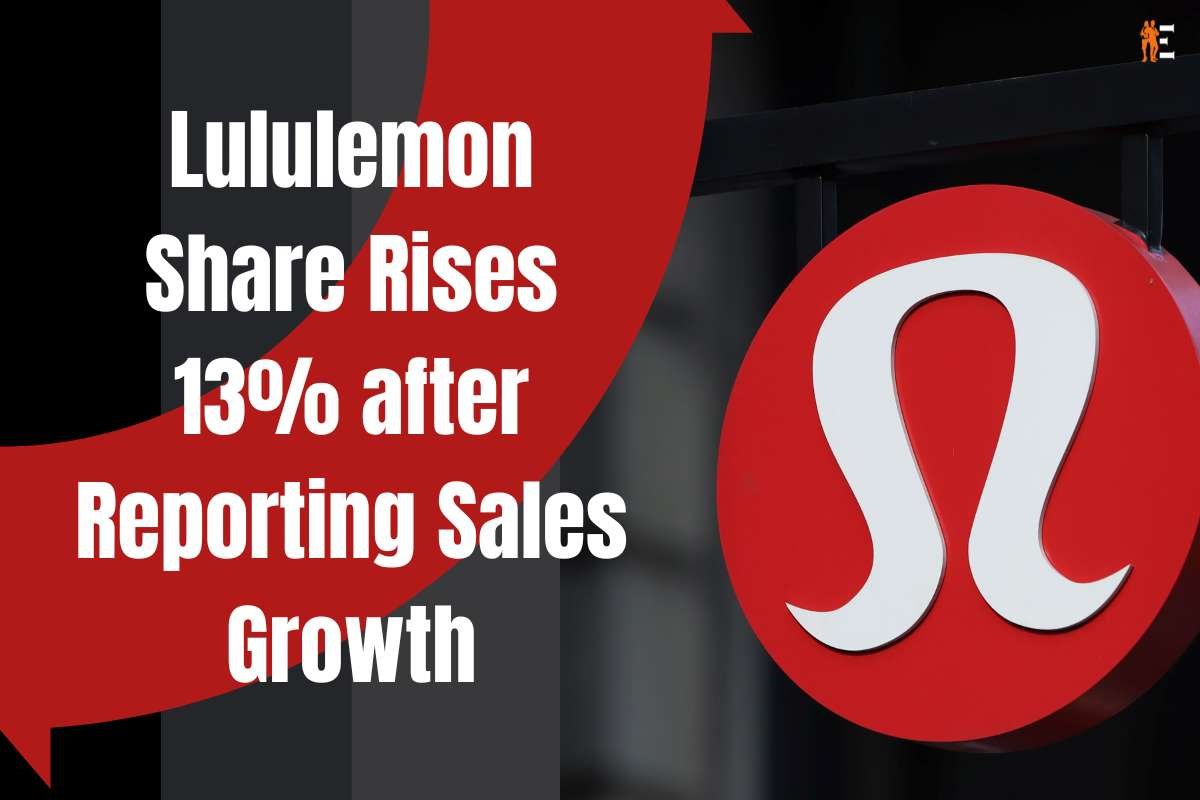Lululemon, the popular athleisure retailer, experienced a surge in its stock price following the release of stronger-than-expected quarterly results. The company’s net revenue witnessed a significant increase of 24%, reaching $2 billion in the first quarter of 2023 compared to the same period in 2022. Lululemon’s performance was particularly impressive in international markets, with sales outside of North America soaring by 60% year-over-year.
The Share Jump
Following the announcement, Lululemon’s shares jumped by 13% in after-hours trading, reflecting investors’ positive response to the robust performance. Despite concerns over elevated inflation, the company remains confident in its ability to maintain customer spending on its popular leggings, yoga mats, and other athletic wear throughout the year.
The company attributed its success to a noteworthy rise in sales in China, which served as a bright spot for its business. Lululemon’s CEO, Calvin McDonald, expressed his satisfaction with the results, emphasizing the strength of the company’s customer relationships, innovative products, and global brand resonance.
The Sales Growth
Lululemon has revised its net revenue expectations for 2023, anticipating a range between $9.4 billion and $9.5 billion, which represents a 17% growth in sales. The company’s optimistic outlook reflects its belief in continued demand for its products and the potential for further expansion.
Mixed Feelings In The Retail Sector
While Lululemon celebrated its successful quarter, other apparel companies also experienced positive results. Abercrombie & Fitch reported a net income of $16.57 million in the last quarter, a significant improvement from the $16.46 million loss recorded the previous year, leading to a 30% surge in its stock price.
However, the overall performance of the retail sector has been mixed. Big-box retailers such as Target have observed warning signs as consumers reduce their discretionary spending. Additionally, Home Depot reported declines in sales and revenue following three years of robust growth. The divergent outcomes in the retail industry highlight the varying impacts of changing consumer behaviors and economic factors on different businesses.











